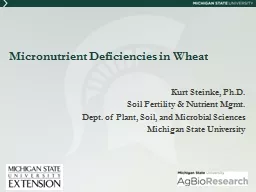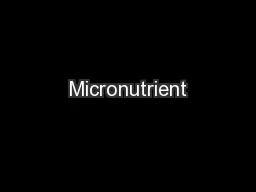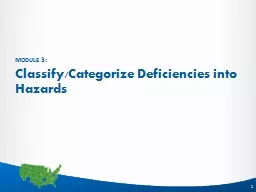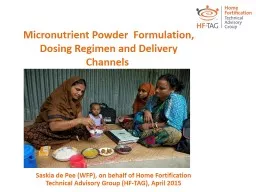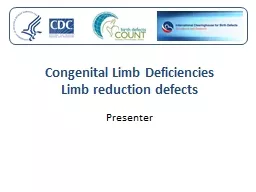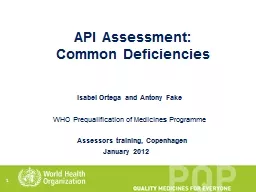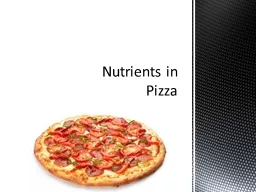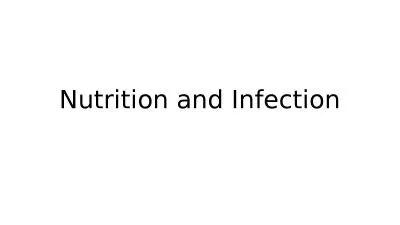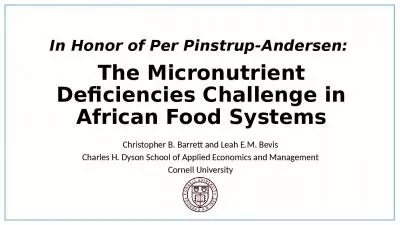PPT-Micronutrient Deficiencies in Wheat
Author : test | Published Date : 2016-06-14
Kurt Steinke PhD Soil Fertility amp Nutrient Mgmt Dept of Plant Soil and Microbial Sciences Michigan State University General Comments on Micronutrients Micronutrients
Presentation Embed Code
Download Presentation
Download Presentation The PPT/PDF document "Micronutrient Deficiencies in Wheat" is the property of its rightful owner. Permission is granted to download and print the materials on this website for personal, non-commercial use only, and to display it on your personal computer provided you do not modify the materials and that you retain all copyright notices contained in the materials. By downloading content from our website, you accept the terms of this agreement.
Micronutrient Deficiencies in Wheat: Transcript
Download Rules Of Document
"Micronutrient Deficiencies in Wheat"The content belongs to its owner. You may download and print it for personal use, without modification, and keep all copyright notices. By downloading, you agree to these terms.
Related Documents

